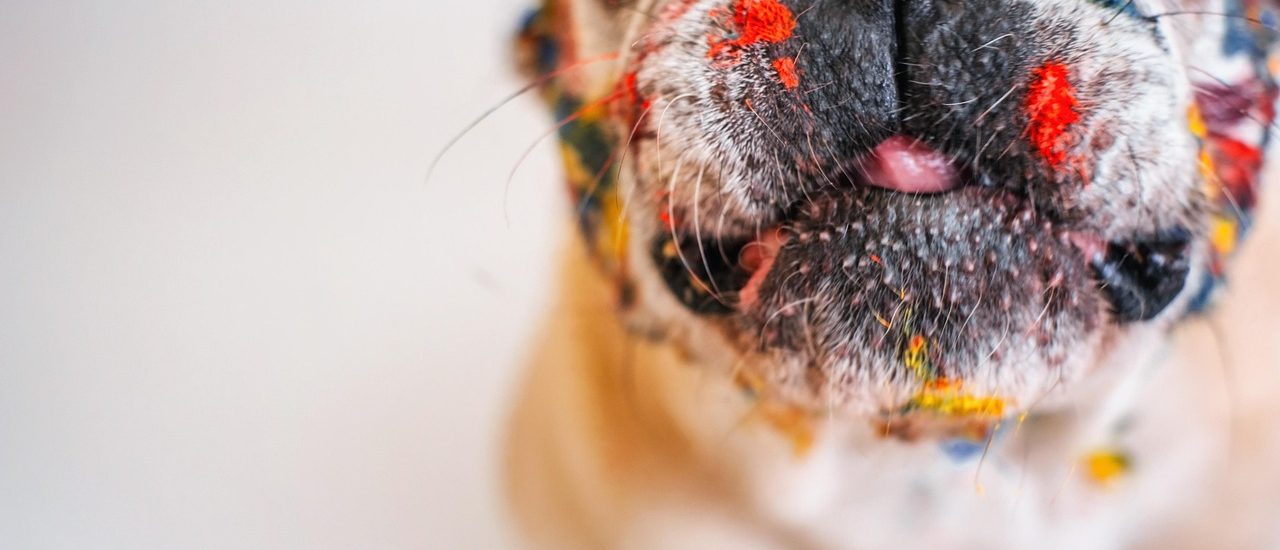Understanding your pet’s behavior is crucial to building a strong and healthy relationship with them. It can help you identify their needs, improve their well-being, and strengthen the bond you share. This article aims to shed light on common pet behaviors and their meanings.
Canine Behavior
Dogs, being social animals, exhibit a wide range of behaviors.
Tail Wagging: While often associated with happiness, a wagging tail can also indicate fear, aggression, or even insecurity. Paying attention to the speed and direction of the wag can provide more insight.
Barking: Dogs bark for various reasons – to seek attention, express anxiety, or respond to threats. Continuous barking could be a sign of distress.
Chewing: While this can be part of normal play, excessive chewing might indicate boredom or anxiety.
Feline Behavior
Cats, unlike dogs, are solitary hunters and their behavior can often seem more complex.
Purring: Cats purr when they’re content, but also when they’re sick or anxious. It’s important to understand the context of the purring.
Kneading: This behavior, often called “making biscuits,” is a throwback to kittenhood. It’s generally a sign of contentment.
Hissing: A hissing cat feels threatened and is trying to protect itself.
Avian Behavior
Birds are intelligent creatures and their behaviors can be quite unique.
Singing: Birds sing to communicate. Each song can convey a different message, from attracting mates to declaring territory.
Preening: Birds preen to keep their feathers in top condition. Over-preening, however, can be a sign of stress or boredom.
Fluffing up: Birds fluff up their feathers to keep warm, show off, or relax. If your bird is fluffed up all the time, it might be ill.
Understanding your pet’s behavior is a continuous learning process. Each pet is unique and may display different behaviors. Observing and learning about these behaviors can significantly improve the quality of life for both you and your pet.
Remember, when it comes to pet behavior, patience and understanding are key. Always consult with a vet or a pet behaviorist if you notice any drastic changes in your pet’s behavior. Happy pet parenting!





















